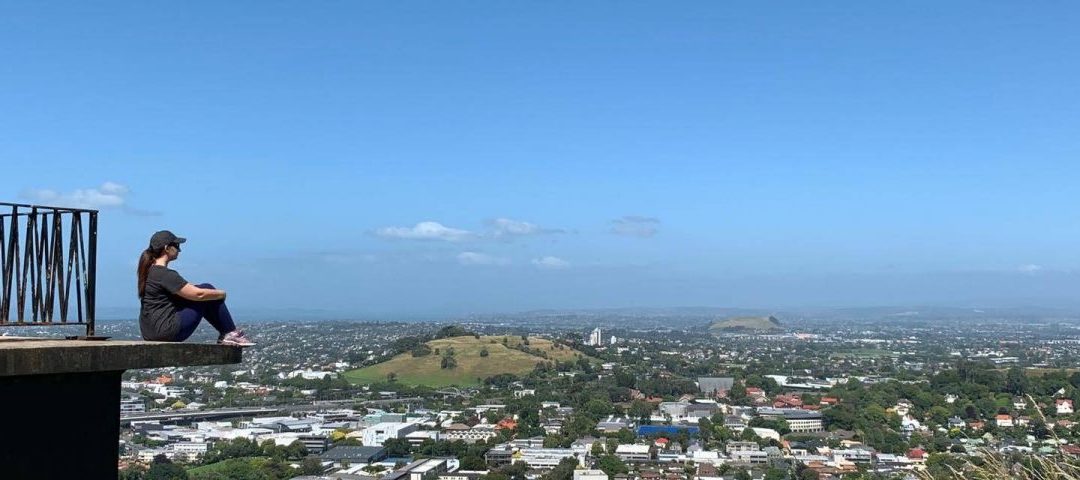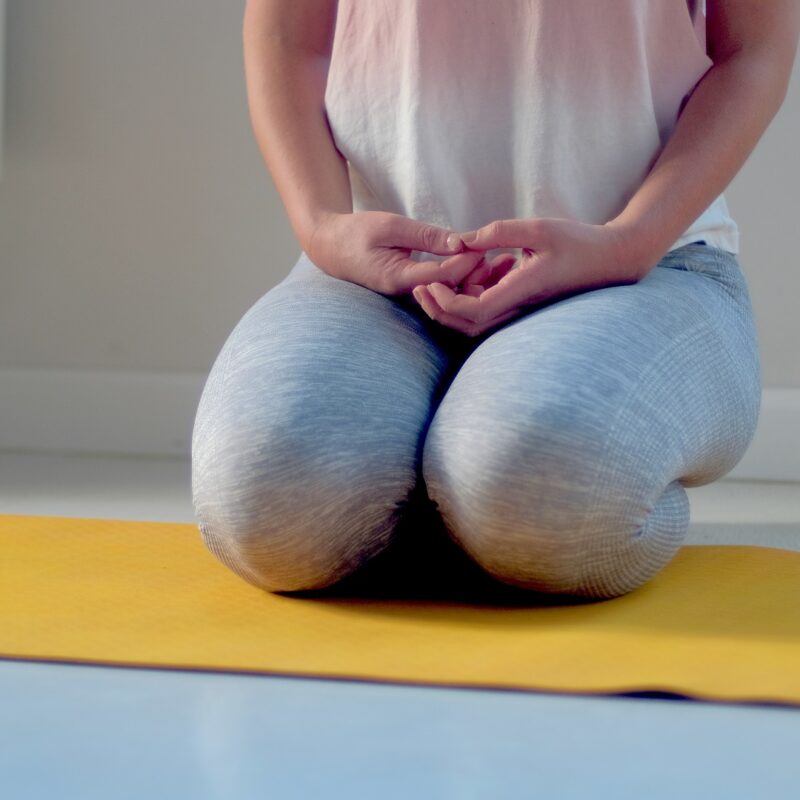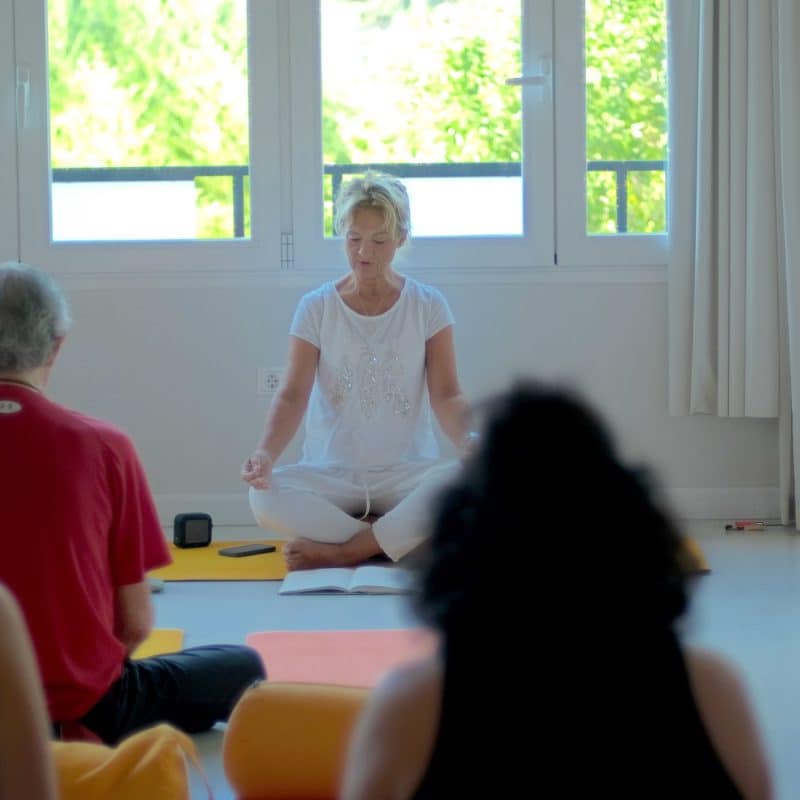Mindfulness: Beyond a Buzzword
When I was first introduced to mindfulness in 2010, it was still a relatively obscure concept that was woven into a yoga workshop I attended. Drawn from Buddhism and the teachings of Jon Kabat-Zinn, my yoga teacher talked about Mindfulness with such passion that I wanted to try it out.
Although I was uncomfortable with the idea of sitting with a group in silence, I tried my best practice my meditation “right” and hoped that no one would notice I was a bit of a yoga-mindfulness fraud. There was something intriguing about this concept of stillness and the pause gave me comfort during my busy days of balancing work, graduate school, moving to a new city, and making new friends.
Creating Connections between the Mind and the Breath
Eight years later, my journey through Mindfulness has moved beyond a buzzword and it has integrated into my daily life. It is a simple tool of being aware and present, of being patient and connecting the mind and body through the breath.
Mindfulness allows us to be in the moment, to be fully engaged with life and what it brings us. Mindfulness allows me to notice my thoughts become aware of all my emotions, and with time, it has allowed me to practice a non-judgmental, compassionate approach to life.
Four Lessons Mindfulness Has Taught Me
1- Let go of self-conscious negative or critical thoughts.
How often have you been critical of yourself, judged yourself for saying the wrong thing, for not being witty enough, or smart enough or brave enough… the list could go on and on. Most of our automatic thoughts are negative and self-critical and our inner dialogue with ourselves adds more pressure as we try to get through our day.
Mindfulness creates a space where you can separate yourself from your thoughts and realize that thoughts are not facts. It also allows you the chance to be curious about your thoughts, and offer a kind, compassionate response instead of allowing critical thoughts to accumulate.
2- Laugh in abundance.
Children are great practitioners of Mindfulness. They laugh at life often and use their whole body to laugh, especially at the silliest of things! Children laugh over cartoons, funny faces, or even by swinging high on a swing set!
In my daily rush of balancing work, family priorities and my never-ending “To-do” list, I sometimes go days without laughing at all. Mindfulness has taught me to notice when I laugh, appreciate that moment and on the difficult days, reflect back to those moments where laughter provided lightness and healing.
3- The breath is a superpower.
The simplest of tools can help bring mindful awareness to the moment. The magic of the breath is that it operates subconsciously and keeps us alive. Bringing Mindfulness to the breath moves this subconscious response into the behavior of being more present and aware which I can use to bring stillness to my day.
Sitting at my desk or in the car stuck in traffic, I can use my superpower and breathe into the moment and find greater acceptance with things out of my control. I repeat the mantra “Inhale: I breath in, exhale: I let go” and while I may not be able to change things that frustrated me, I can use my breath to find greater peace and acceptance.
4- Nature is the best Mindfulness teacher.
Nothing in nature is rushed – seedlings take time to sprout and grow into a strong, tall plant, a cocoon takes time to hatch into a beautiful butterfly. Despite all our technological advances, nothing we can do will make the waves crash onto the seashore more quickly.
Nature is Mindful because it lives from moment to moment. Nature does not spend its energy worrying, judging, or planning – it simply exists. I have found that walking in nature, with my phone on airplane mode to avoid distractions, allows me to reflect on its beauty while at the same time grounds me in the present.
Noticing the expression of the season, feeling the fresh air on my skin, grounding my feet into the earth as I walk, noting the colors of nature all around me, are all ways of being mindful on my walk. Walking in nature allows me to be in the present and even on busy days when I can’t take a proper hike or walk, I can connect with nature by stepping outside for a few Mindful moments, using my senses to notice, and become fully engaged with nature.
“The best way to capture moments is to pay attention. This is how we cultivate mindfulness. Mindfulness means being awake. It means knowing what you are doing.” Jon Kabat-Zinn
While Mindfulness may be a buzzword to some, consistent Mindful practice has offered me a way to manage my stress and become more connected with life. Teaching Mindfulness to university students has allowed me to challenge societal expectations of constantly “doing” or “achieving” by encouraging them to be more Mindful of their thoughts, emotions, and well-being. Mindfulness invites us to pause, breathe, and connect, making life something to savor instead of something to rush through.
How can YOU practice mindfulness?
If you are new to mindfulness, you may be wondering how to begin to add mindfulness into your day. Remember, mindfulness is about being in the moment, accepting what is, and being non-judgmental with yourself.
It can be as simple as taking a few deep breaths and you do not have to begin with formal mindfulness seated meditations. Informal mindfulness can be quick – Take time to laugh with your whole heart. Pause to breath with an intention for three deep breaths. Find a kind word and repeat it to yourself.
Leave a comment below to share one quick way you invite mindfulness into your day! Feel free to share your experiences with both formal and informal mindful practices! Can’t wait to read about all the ways you can be present and in the moment.



